What Has the Clean Water Act Done for You?
Academy of Natural Sciences
OCTOBER 21, 2022
Before the Clean Water Act of 1972, watersheds across the nation, including our own here in Philadelphia, were literal dumping grounds for industry, treatment plants and domestic households for generations. were unsanitary places before the Clean Water Act. Waterways across the U.S. Mike Servedio/ANS.


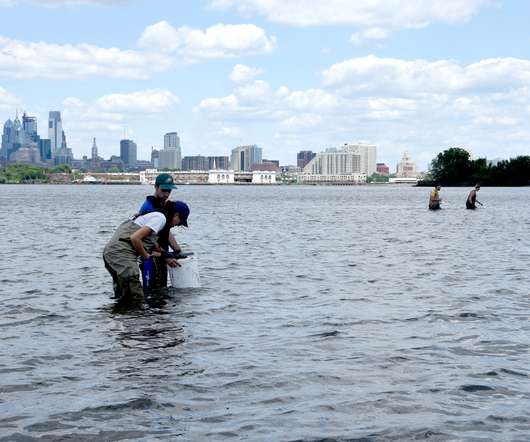
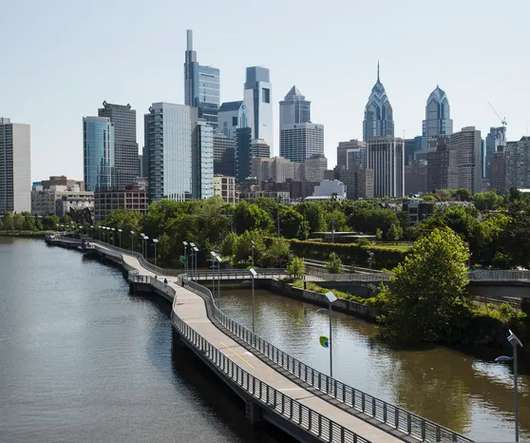

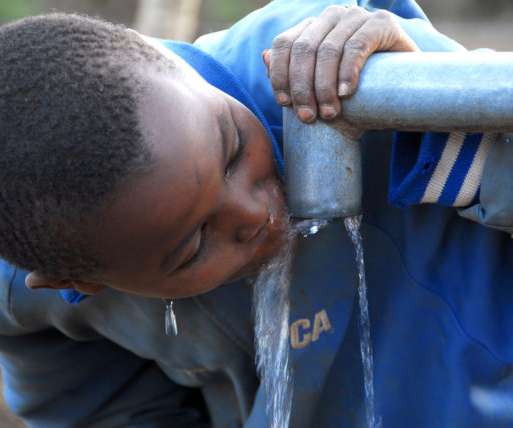
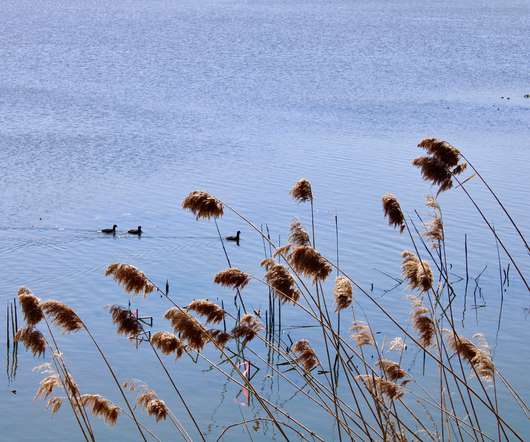


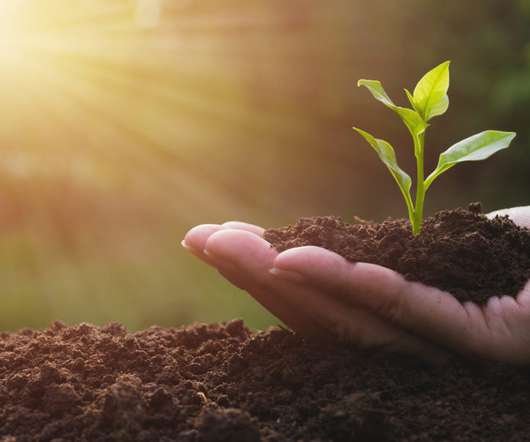







Let's personalize your content